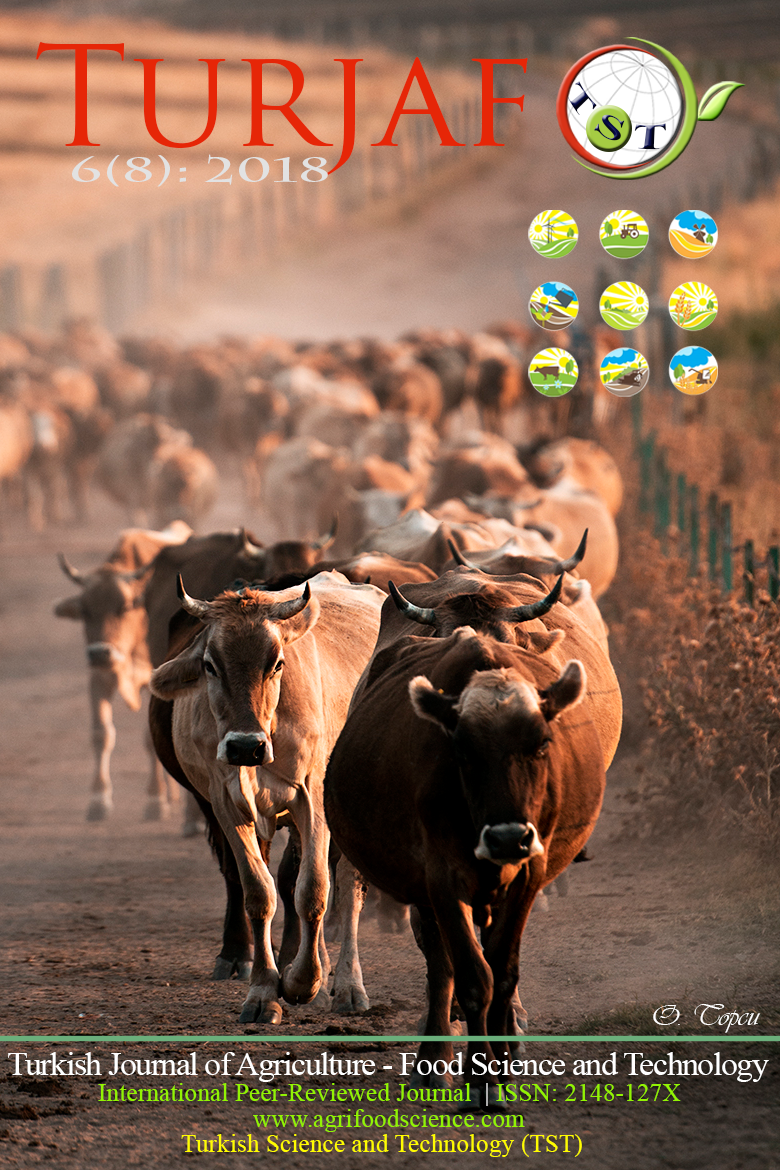Comparison of Dry Matter Estimates in Isochrysis affinis galbana and Phaeodactylum tricornutum Cultures
DOI:
https://doi.org/10.24925/turjaf.v6i8.1088-1091.2039Keywords:
Isochrysis affinis galbana, Phaeodactylum tricornutum, Dry matter, Optical density, Chlorophyll a, Regression analysisAbstract
Isochrysis affinis galbana is a single-cell marine species. Isochrysis affinis galbana is used as a live feed source in aquaculture because it contains high amount of long chain unsaturated fatty acids (PUFA), especially in the feeding of larvae of bivalves, Phaeodactylum tricornutum is a diatom species of pennate with oval and fusiform cell forms. Phaeodactylum tricornutum contains 30-45% long chain unsaturated fatty acids (PUFA) of which 20-40% is eicosapentaenoic acid (EPA). And the diatom which is thought to be sources of essential fatty acids and carotenoids (fucoxanthin) is used in the feeding of animal in aquaculture and human. The aim of this study was to estimate the dry matter content of cultured Isochrysis affinis galbana and Phaeodactylum tricornutum by using multiple regression analysis method. Species were cultured in the laboratory conditions with a control group with 20% inoculation rate in F/2 medium and 50% nitrogen deficient medium. During the experiment, optical density, dry matter and chlorophyll a were measured daily. A mathematical model was developed using optic density and chlorophyll a data of the control group and in the group where 50% of the nitrogen was eliminated. Significance test of these models, R2 and MSE were found.Downloads
Published
21.08.2018
How to Cite
Uslu, L., Kayaalp, G. T., Işık, O., Çimen, B. A., & Güney, M. Çelik. (2018). Comparison of Dry Matter Estimates in Isochrysis affinis galbana and Phaeodactylum tricornutum Cultures. Turkish Journal of Agriculture - Food Science and Technology, 6(8), 1088–1091. https://doi.org/10.24925/turjaf.v6i8.1088-1091.2039
Issue
Section
Research Paper
License
This work is licensed under a Creative Commons Attribution-NonCommercial 4.0 International License.









